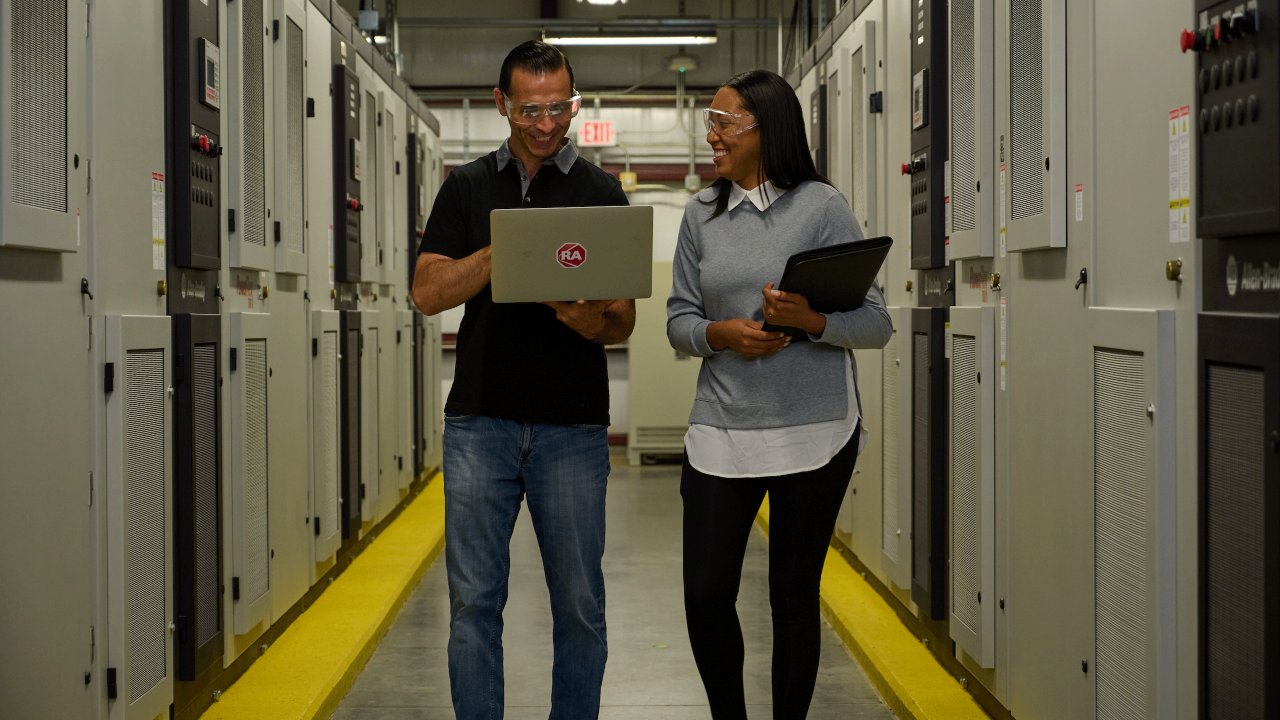We’re committed to becoming carbon neutral and we have assigned a sustainability officer with a dedicated team to support this cause. We think that it’s important to have a bold target and hold every level of our business accountable to those aims.
It’s also not only about our own carbon-neutral ambitions, but about making sure our ecosystem of suppliers and partners all match our ambitions. Our recent work with Sustainder and Technologies Added in the Netherlands is just one example of this in practice.
Reducing energy inputs, improving the reliability of equipment and increasing the circularity of industrial equipment through recycling are all things that are well within our control. Digital technology can support progress in sustainability, such as the use of analytics for better management of energy inputs to identify opportunities for improved efficiency. We’re also assisting customers in the use of preventative maintenance to reduce the risk of downtime and increase the overall reliability of equipment.
Seeking Answers in Digital
Digitalisation alone doesn’t solve these three areas – it’s human ingenuity and intrepidness that brings progress. What digital technologies can do is provide the visibility, control and scale for us to take on these challenges with confidence and conviction. These technologies enable us to work collaboratively within an ecosystem of similarly progressive and ethically minded companies to achieve mutual goals.
The experience of the 2020s so far is that volatility, uncertainty, complexity and ambiguity are all here to stay – we can’t avoid these forces, so let’s embrace them. By being resilient, agile and sustainability-focused in how we approach these challenges, we can leverage the technologies available to survive and thrive in a changing global landscape.
Mark Bottomley is a regular contributor to our Management Perspectives thought-leadership programme. You can find more of his insights and commentary on his contributor page there.

